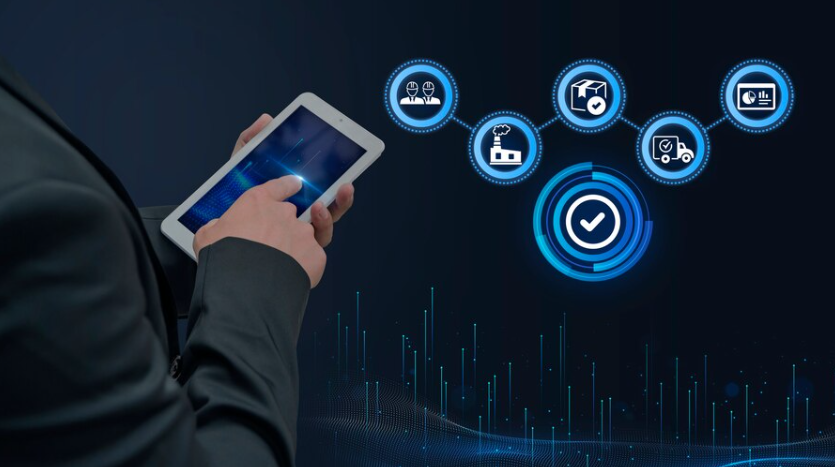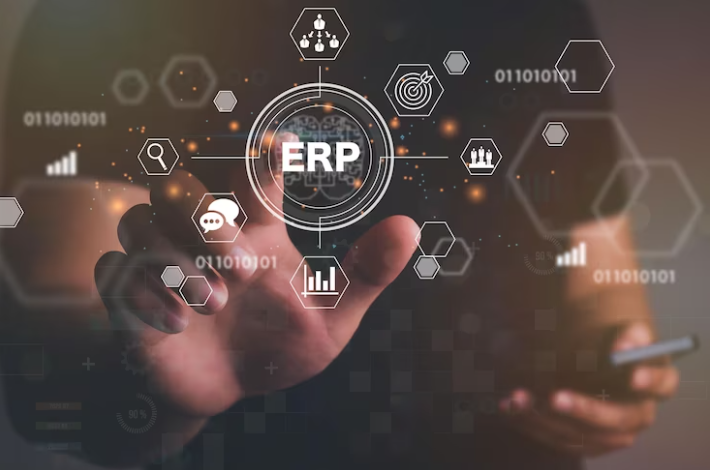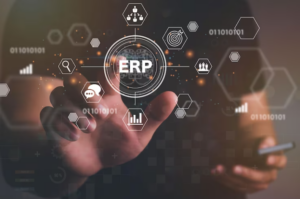Introduction
hris.balitteknologikaret.co.id | Metal ERP – The metal industry, encompassing manufacturing, distribution, and processing, is known for its intricate operations, vast supply chains, and a strong demand for efficiency and quality. In the pursuit of operational excellence, the integration of Metal Enterprise Resource Planning (ERP) systems has emerged as a transformative force. In this comprehensive guide, we will embark on a journey through the realm of Metal ERP, exploring its significance, key features, benefits, challenges, and the ways in which it is reshaping the landscape of the metal industry.

Chapter 1: Unveiling the Metal Industry
Before we delve into the world of Metal ERP, it’s essential to understand the dynamics and intricacies of the metal industry.
1.1 The Diversity of Metal Industry Segments
The metal industry is vast and diverse, encompassing segments such as steel, aluminum, copper, and more. Each segment has its unique processes, supply chains, and customer demands.
1.2 Key Challenges in the Metal Industry
The metal industry faces challenges like fluctuating commodity prices, global competition, and the need for sustainable and efficient operations. These challenges drive the demand for innovative solutions like Metal ERP.
Chapter 2: Metal ERP – The Digital Transformation
Metal ERP is a comprehensive software solution designed to optimize operations and address the specific needs of the metal industry. Let’s explore its key features and capabilities.
2.1 Key Features of Metal ERP
Metal ERP systems offer a range of features tailored to the industry’s demands, including:
- Material Management: Efficiently manage raw materials, semi-finished products, and finished goods.
- Production Planning: Streamline production processes, reduce lead times, and optimize resource utilization.
- Quality Control: Ensure the production of high-quality metal products through rigorous quality control processes.
- Supply Chain Management: Oversee complex supply chains, from sourcing raw materials to delivering finished products.
- Inventory Optimization: Optimize inventory levels to minimize holding costs while meeting customer demand.
2.2 Customization for Industry Needs
Metal ERP systems are highly customizable to address the specific requirements of different metal segments. This flexibility is crucial for aligning the software with the unique processes and challenges of each segment.
Chapter 3: The Significance of Metal ERP
Metal ERP brings profound significance to the metal industry. Let’s delve into why this integration is pivotal for businesses in the sector.
3.1 Operational Efficiency
Metal ERP streamlines operations, reduces manual tasks, and optimizes resource allocation, resulting in significant operational efficiency.
3.2 Real-time Insights
With real-time data access, metal businesses can make informed decisions promptly, enabling them to respond to market changes swiftly.
3.3 Enhanced Quality Control
Metal ERP systems introduce rigorous quality control processes, ensuring that products meet industry standards and customer expectations.
3.4 Supply Chain Optimization
Efficient supply chain management is a hallmark of Metal ERP, helping businesses navigate the complexities of sourcing and delivering materials.
3.5 Inventory Management
Metal ERP ensures that inventory levels are optimized, preventing overstocking or stockouts and reducing holding costs.
Chapter 4: Benefits of Metal ERP Integration
The integration of Metal ERP systems offers a multitude of benefits to businesses in the metal industry. Let’s explore these advantages in detail.
4.1 Enhanced Efficiency
Metal ERP streamlines operations and automates manual tasks, increasing efficiency across the board.
4.2 Real-time Data Access
With real-time data access, businesses have a constant pulse on their operations, enabling proactive decision-making.
4.3 Improved Quality Control
Rigorous quality control processes ensure that the produced metal products meet industry standards and customer expectations.
4.4 Supply Chain Optimization
Efficient supply chain management minimizes delays and disruptions, ensuring a steady flow of materials.
4.5 Inventory Optimization
Optimized inventory levels reduce holding costs while guaranteeing that materials are readily available for production.
4.6 Data-Driven Decision-Making
Access to comprehensive data empowers businesses to make informed, data-driven decisions and drive continuous improvement.
Chapter 5: Challenges in Implementing Metal ERP
While the benefits of Metal ERP integration are substantial, the process comes with its challenges. Let’s explore common hurdles and strategies to overcome them.
5.1 Complexity
Challenge: Integration can be complex due to the diversity of metal segments and the need for customization. Solution: Work closely with experienced consultants who specialize in Metal ERP integration.
5.2 Data Migration
Challenge: Migrating existing data to the integrated system can be complex and time-consuming. Solution: Plan and execute data migration meticulously, ensuring data accuracy and minimizing downtime.
5.3 Employee Training
Challenge: Adapting employees to the new system can be challenging. Solution: Invest in comprehensive training programs to ensure a smooth transition and user proficiency.
5.4 Customization
Challenge: The unique processes and requirements of different metal segments may necessitate extensive customization. Solution: Collaborate closely with Metal ERP experts to tailor the system to specific business needs.
5.5 Data Security
Challenge: Protecting sensitive data is of paramount importance, especially in the metal industry. Solution: Implement robust data security measures, including encryption and access controls, to safeguard critical information.
Chapter 6: Implementing Metal ERP
A successful implementation of Metal ERP requires a systematic approach. Here is a step-by-step guide for the implementation process.
6.1 Needs Assessment
Begin by assessing your organization’s specific needs and objectives for the integration. Understand the unique requirements and challenges of your metal segment.
6.2 Vendor Selection
Choose an ERP vendor that specializes in Metal ERP and offers features that align with your segment’s requirements.
6.3 Data Preparation
Clean and prepare your data for migration and integration. This step is crucial to ensure data accuracy and integrity.
6.4 Employee Training
Invest in comprehensive training programs to familiarize employees with the new Metal ERP system, ensuring a smoother transition.
6.5 Testing
Thoroughly test the system before going live to identify and resolve any issues or discrepancies.
6.6 Go-Live
Execute the implementation and go live with the integrated Metal ERP system. Monitor the system closely in the initial stages to address any emerging issues.
6.7 Post-Implementation
After the system is live, continue to monitor its performance and gather feedback from users. This will help fine-tune and optimize the system for ongoing efficiency.
Chapter 7: Future Trends in Metal ERP
The future of Metal ERP holds exciting possibilities. Here are some trends to watch for:
7.1 Internet of Things (IoT) Integration
As IoT devices become more prevalent, Metal ERP systems will integrate with them to provide real-time data from connected devices and sensors.
7.2 Artificial Intelligence (AI)
AI will play an increasingly significant role in Metal ERP, offering advanced analytics, automation of repetitive tasks, and predictive capabilities.
7.3 Sustainability Focus
Metal ERP systems will increasingly focus on sustainability, helping businesses track and manage their environmental impact and ethical practices.
7.4 Blockchain Integration
The integration of blockchain technology will enhance data security, transparency, and traceability, further bolstering trust in metal industry transactions.
7.5 Advanced Analytics
Metal ERP systems will offer more advanced analytics features, allowing businesses to gain deeper insights from their data and make data-driven decisions.
Conclusion
Metal ERP integration is redefining the landscape of the metal industry. By understanding its significance, key features, benefits, challenges, and the implementation process, metal businesses can harness the full potential of these systems to stay competitive and thrive. While challenges exist, they can be addressed with careful planning, expert guidance, and a commitment to operational excellence. As the metal industry continues to evolve, Metal ERP is poised to play a central role in transforming the way businesses manage their operations, maintain product quality, and drive success in a dynamic and demanding market.




